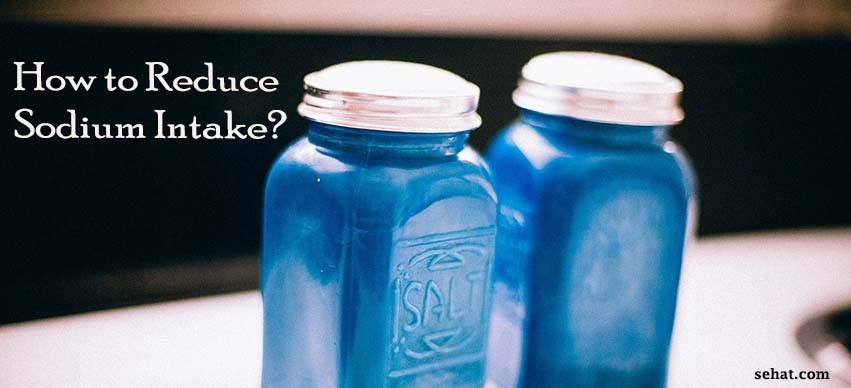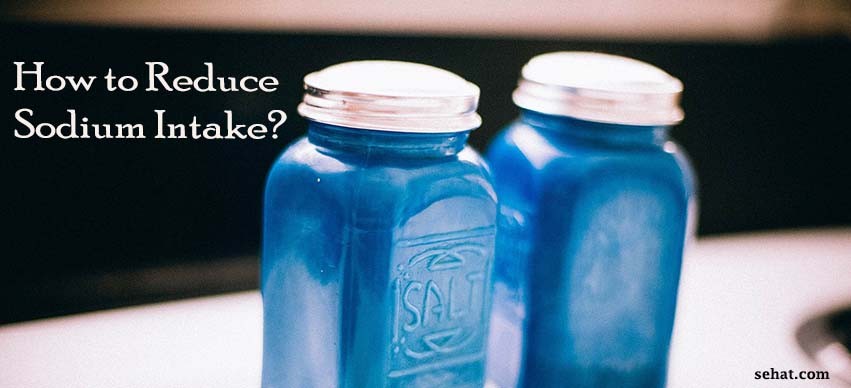
Many of us eat much more salt (sodium) than we ought to. Sodium is a mineral that your body needs to function properly. But eating too much sodium may, in time, raise your blood pressure. And high blood pressure increases your risk of stroke, heart disease, heart failure, and kidney disease.
While most of us get enough sodium each day to meet our bodies' needs (about 1,500 milligrams), the average person consumes way too much! Experts recommend that adults consume less than 2,300 milligrams of sodium daily—that's about 1 teaspoon of salt.
You may be thinking to yourself, “How do I cut down on salt? Won’t my food taste bland?†Fret not, here are some practical ways to reduce the sodium in your diet without compromising much on taste:
- Choose fresh or frozen veggies over canned varieties, which often contain added salt to help increase shelf life.
- Use fresh poultry, fish, and lean meat, rather than canned or processed types.
- Sauce-less; Use condiments such as ketchup, soy sauce, teriyaki sauce, barbeque sauce sparingly.
- Fast foods are high in more things than just fat. Many of these meals, sandwiches and fries contain more than your daily recommended intake of sodium in just one serving.
- Introduce additional flavor to your foods with herbs and spices like garlic, ginger, oregano, basil, pepper, bayleaf, nutmeg, thyme and sesame. These all add flavor without the extra sodium.
- Check the sodium content on the Nutrition Facts label when buying food. You may be surprised to learn that 100g of chocolate chip breakfast cereal contains 480mg of sodium. Also, the sodium content in similar foods can vary a lot. Choosing the brands with lower sodium content can be one way to lower the amount of sodium you eat.
Also, keep in mind that not all sodium in food is in the form of salt. Other food ingredients also contain sodium, such as:
- Baking soda
- Baking powder
- Bottled sauces such as ketchup & soy sauce
- Cheese
- Canned foods
- MSG (Monosodium Glutamate – Ajinomoto)
- Papad
- Powdered and canned soups
- Processed meats such as bacon & ham
- Salted snacks such as chips, nuts and mixture
- Sodium nitrate and sodium nitrite (used as preservatives in foods such as luncheon meats)
Besides limiting the amount of sodium you eat, it is also a good idea to eat foods rich in potassium. A potassium-rich diet blunts the harmful effects of sodium on blood pressure. Aim to eat 4700 mg of potassium a day.
Cutting back on sodium is one action you can take to reduce your risk of high blood pressure and its related complications. Keep in mind that your taste buds are probably accustomed to a strong taste of salt, so limiting your consumption might take a little getting used to, but your health is worth it!

